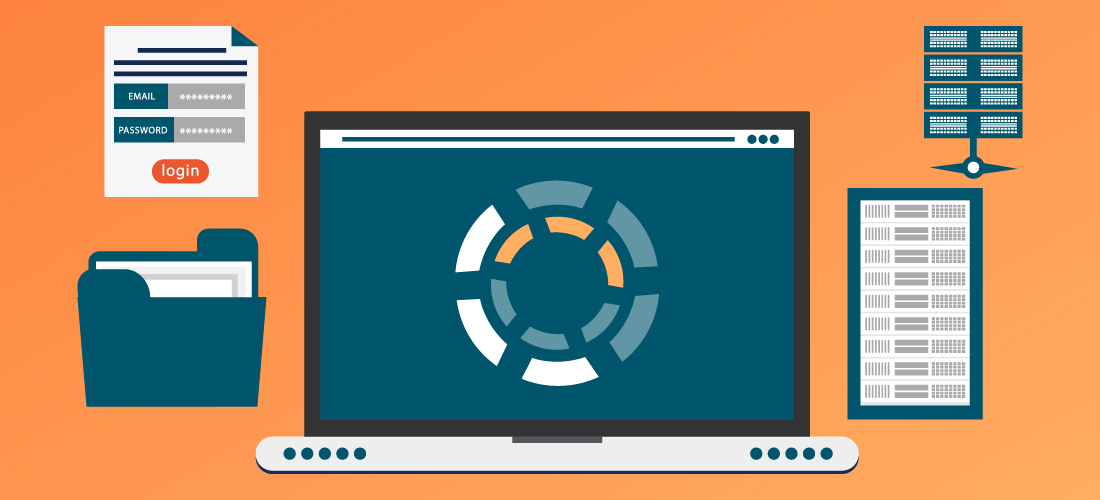The Role of Kubernetes in cloud-native technology

In today's world, cloud computing is the foundation for modern applications. Cloud-native technologies have emerged as the standard for building, deploying, and managing applications in the cloud. These technologies are built using open-source components, and one of the most essential components of cloud-native technology is Kubernetes. Kubernetes is a container orchestration platform that automates the deployment, scaling, and management of containerized applications. It is an open-source project developed by Google and is now maintained by the Cloud Native Computing Foundation (CNCF). Kubernetes enables developers to focus on building applications without worrying about the underlying infrastructure. Kubernetes has become one of the most popular open-source projects in recent years, with a thriving community and a growing ecosystem of tools and services. It has become the de facto standard for container orchestration, and it is widely used by organizations of all sizes, inclu





